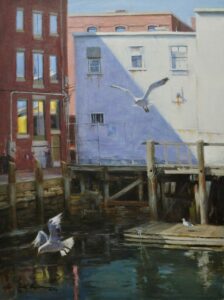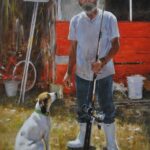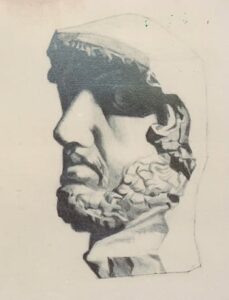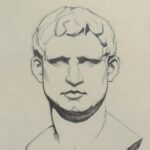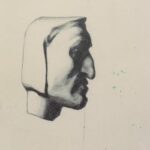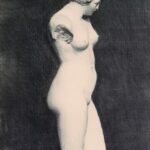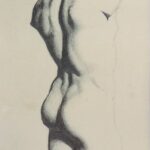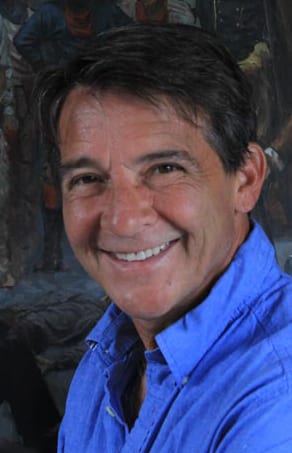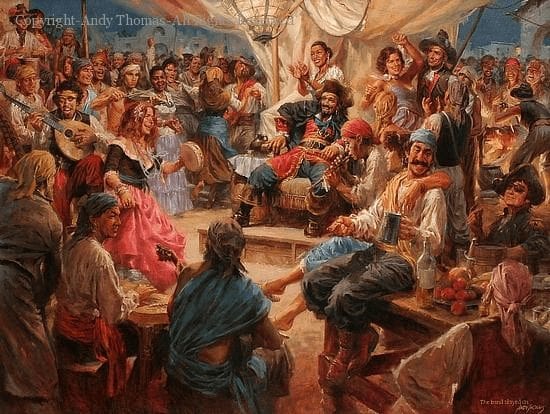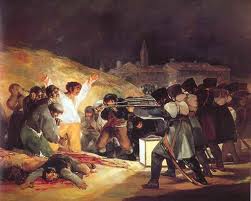
It was one of the most violent terrorist acts on America’s soil in recent history, at the world’s oldest annual marathon. Thousands experienced it locally and firsthand, as the event traditionally draws over 500,000 spectators. Millions viewed it on TV, replayed in shocking detail on every major national network.
Film showed runners who had just completed the race running back into the course to help the injured. Police and first responders rushed to the aid of the wounded with blankets, gurneys, and medical assistance. Viewers at televisions across the nation could only sit or stand transfixed as they tried to comprehend the carnage of the innocents who had suffered the shrapnel of a death-dealing blow. In living rooms everywhere, far from the smoke and violence, we were unable to think, breathe, or even lift a hand, transfixed by the horror of an ultimately cruel attack.
I have had the privilege to run the Boston Marathon three times. The highlight, for me, was The Hundredth, or Centennial Boston Marathon in 1996, that set the record for the world’s largest marathon at 38,708 entrants and 35,868 finishers. It’s properly called the “Boston Athletic Association Marathon,” and is begun and run in cities largely outside Boston—in fact, runners don’t even see Boston until five miles after Heartbreak Hill, at 24.5 miles. In fact, in the early days of the marathon, what was printed on the finishers’ medals was the name, “the American Marathon.”
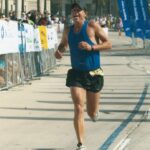
But there was to be no victory that day, April 15th, for those runners on their way to the finish line at 2:49 p.m…. even for those who were turning that final corner onto Boylston Street to finally realize their dreams of completing “the Boston.” The bombings destroyed those dreams of the finish line in the same instant that they devastated the crowds gathered around that line. It was hopeless to go back, to wish it hadn’t happened. Only one question remained: “What can we do now; what should we do?”
That brings it all the way back, to each one of us. As artists, what can we do in the face of this disaster, and others, that threaten to destroy even the survivors?…that threatens to overwhelm all the good that exists in society, in any works of man and art, and which is powerful enough to reduce our creative morale to rubble?…so powerful that we might ultimately consider that the arts are nothing in the face of real evil, and that the artist and his/her artwork has “head in the clouds,” and is standing in front of tragedy without real weapons, or even an answer to man’s inhumanity to man.
Should we continue to stand, or run? Shouldn’t we feel defeated, then get angry, and seek revenge? Should we abandon our principles? If we do that, then we fall prey to the very behavior that we condemn in those who try to steal and destroy that which is good. In the wake of senseless acts like the Boston bombings, I feel all of those emotions—but that’s all they are. As an artist, I would rather attempt to do something positive, than to believe that there can be no response or action that is worthwhile, and helpful. So once again I have been considering the power of Art in light of this question: as an artist, what can I do to counteract this violence that exists in the world, this evil, this threat to all we hold to be true?
“Do not be overcome by evil, but overcome evil with good.” – Romans 12:21
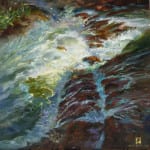
Artworks have the capacity to convey a positive message, to reveal the truth of the unseen, to describe beauty, to define the good that still exists, to communicate between cultures and without spoken language, and to heal. Perhaps that is why occupying armies frequently seek to destroy first the artworks of those they wish to vanquish—to immediately banish beauty, order, and hope in the good from the oppressed.
But each working artist that believes in the power of Art to convey the good is like a Florence Nightingale on the battlefield, among the tents where the wounded lie, going from one victim to the other and ministering to the spirits of those who would otherwise lose hope. Grace and strength will always win out over malice and wickedness. There is power in benevolence, and hope in the sight of the loveliness of a creative spirit. Art that expresses the truth in kindness and gratefulness will disarm the rage, and advance the welfare of all who see it.
As artists, we can do good, and strive to create great artworks. To create at the highest level is a victory over all who would strive to destroy.
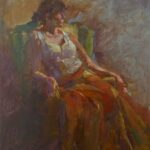
 Okay, we are kidding ourselves if we think that there isn’t a business side to art. There is and, as you know, artists need to wear many hats in order to have a growing career. One of those hats is “Marketing and Promoting your Paintings”. There are many ways to do this necessary aspect of your career. Some methods require big funds to accomplish and some methods are free. I will be writing a series of articles on some of the free ways that you can promote your paintings and gain recognition.
Okay, we are kidding ourselves if we think that there isn’t a business side to art. There is and, as you know, artists need to wear many hats in order to have a growing career. One of those hats is “Marketing and Promoting your Paintings”. There are many ways to do this necessary aspect of your career. Some methods require big funds to accomplish and some methods are free. I will be writing a series of articles on some of the free ways that you can promote your paintings and gain recognition.